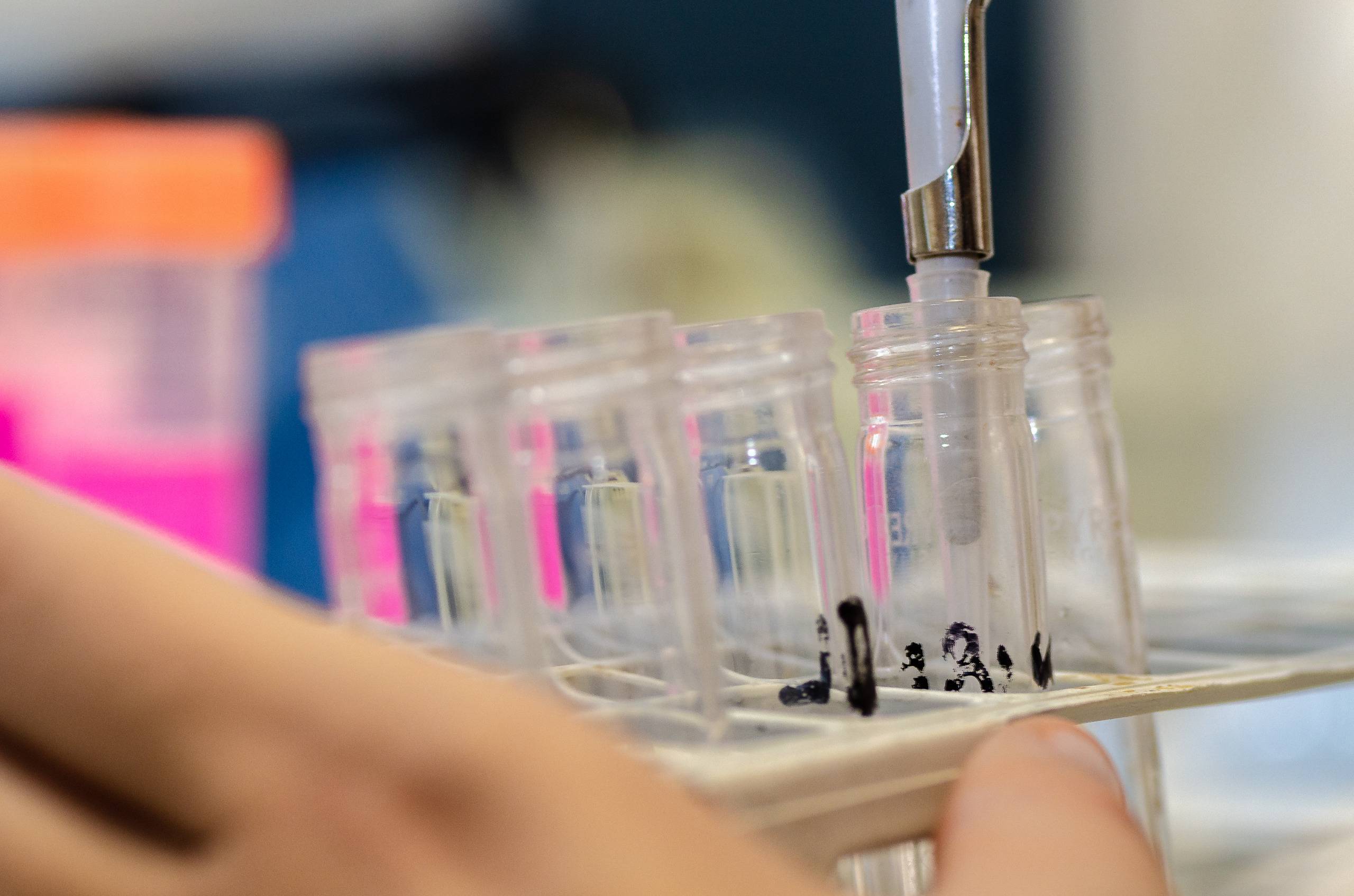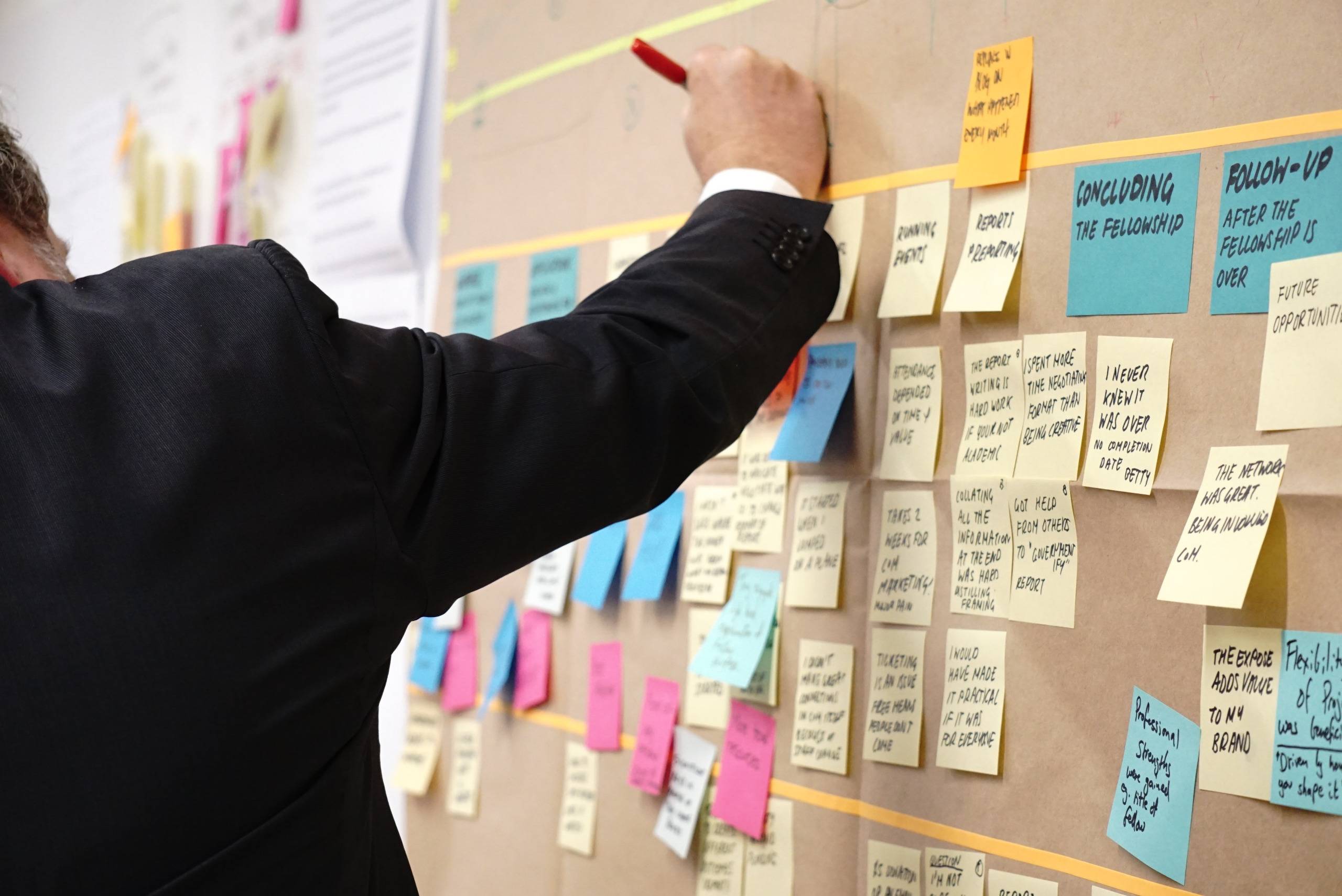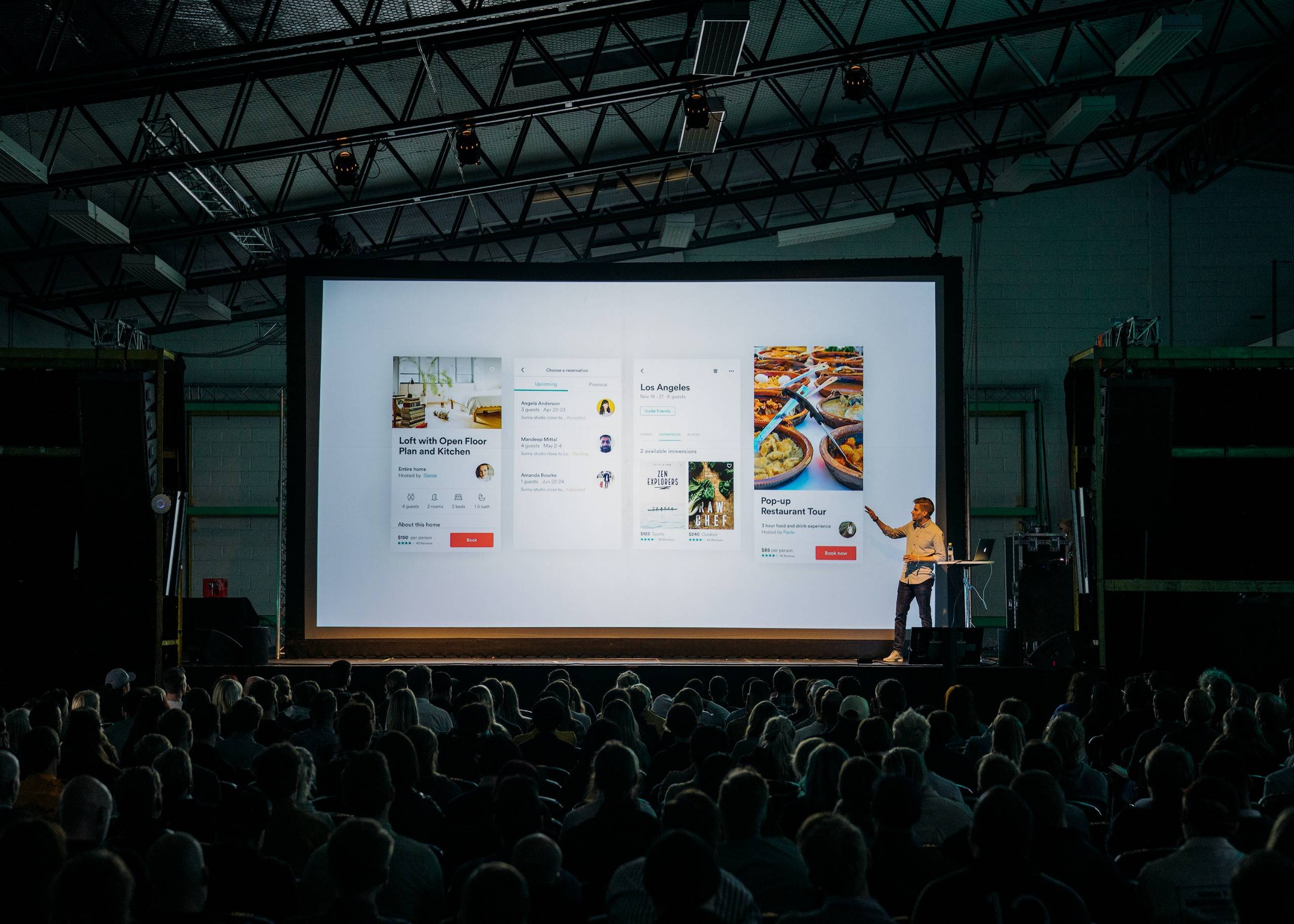Project structure
ARENA is in line with the vision defined by the EU and WHO to tackle the global fight against AMR and in recognizing the threat of AMR for human and environmental health. In ARENA, we aim at producing a complete overview of the antibiotic[AB]-resistome, the pathogenic signature and the AB contamination in open and closed fish farms as well as their potential contamination sources and pathways, also by means of novel early warning tools.
The project is organized in 5 Work Packages, which also cover the management and communication aspects, which are key to the success of this project.
Work Package 1 Project Management
Aim
To coordinate the project progress and monitoring of the activities, facilitating the exploitation and dissemination activities foreseen in WP5.
How
WP1 will develop and manage reporting strategies among partners, and organize physical or remote meetings for the efficient management of the project progresses.
Description
The overall objective of this WP is to assure and facilitate the realization of the project’s activities and goals, by coordinating the project research activities defined in the work plan, by monitoring the production and timing of project deliverables, by resolving possible conflicts or unforeseen issues throughout the duration of the project.
Work Package 2 Source and fate of antibiotic resistance
Aim
To define contamination sources and pathways of AB-resistance genes, AB-resistant bacteria (ARGs and ARBs) and pathogenic bacteria (PB) in the and fish of mariculture and RAS systems.
How
We will use apply molecular approaches (HTS, qPCR, ddPCR) as well as novel sensors and sequencing-based tools optimized in WP4 for contaminants detection.
Description
In WP2 we will explore and define the contamination sources and pathways in RAS and mariculture systems, characterized by different features and potential risks of contamination. To highlight the potential trophic transfer of contaminants, for mariculture only, we will also look at the contamination in benthic biota.
The variety of samples analyzed will allow to better define the sources and routes of ARGs, ARB and PB in different types of aquaculture. WP2 will also deal with the on-site evaluation of novel bacteria-sensing and sequencing-based tools developed in WP4 for the detection of ARGs and/or ARB and/or PB in the different types of samples, and will contribute in the activities related to the definition of the suitability of such tools for integration into automated devices.
Work Package 3 Antibiotic contamination in aquaculture
Aim
To clarify the presence and concentration of ABs in marine and RAS aquaculture. For mariculture, samples from summer and winter sampling campaigns will be analyzed to assess possible seasonal variations in AB contamination.
How
Multi-residue analytical methodologies will be applied to monitor the presence of ABs and their main metabolites in the different matrices. A new flow cytometric tool to assess AB residues in mariculture and RAS systems will be evaluated.
Description
The main activities in this WP concern the assessment of the presence and concentration of ABs and their metabolites in marine and RAS aquaculture by means of powerful and sensitive multi-residue analytical methodologies.
In order to explore the routes of contamination by ABs, different types of matrices, representative of both RAS systems and mariculture will be analyzed. Furthermore, a novel methodology based on flow cytometry will be tested for the rapid detection of AB residues in edible products from fish farming.
Work Package 4 Sensors for on-site bacterial detection
Aim
To develop synthetic receptors for bacteria based on surface-imprinted polymers able to measure bacterial concentrations down to trace levels.
How
Sensors’ detection principles will be represented by impedance analysis combined with receptors. The sensor system comes in two variants: a portable type and an automatic early-warning tool.
Description
The development of sensor tools for the selective on-site quantification of bacterial pathogens and contamination monitoring in aquaculture includes three central tasks:
- the synthesis of surface-imprinted polymers as bacteria receptors;
- the development of an on-site bacterial sensing instrument, a key output of the project at its technical side;
- the development of the early warning tool that provides an alert when pathogenic microorganisms are detected in aquaculture. The major challenge is in the autonomous functioning of this tool during extended times ranging from a few days to ideally a month.
Work Package 5 Exploitation and dissemination
Aim
To promote the knowledge, results and tools obtained within ARENA, and their exchange with stakeholders and citizens.
How
We will publish a project website and organize a workshop at the end of the project to spread knowledge on AMR and to improve the safety of the whole aquaculture value chain.
Description
The main dissemination activities foreseen in the project concern the publication of the project website which will be regularly updated with information, multimedia and news about the project. Moreover, a thematic workshop will be organized and held at the end of the project to promote knowledge and technological achievements obtained in the ARENA project.









